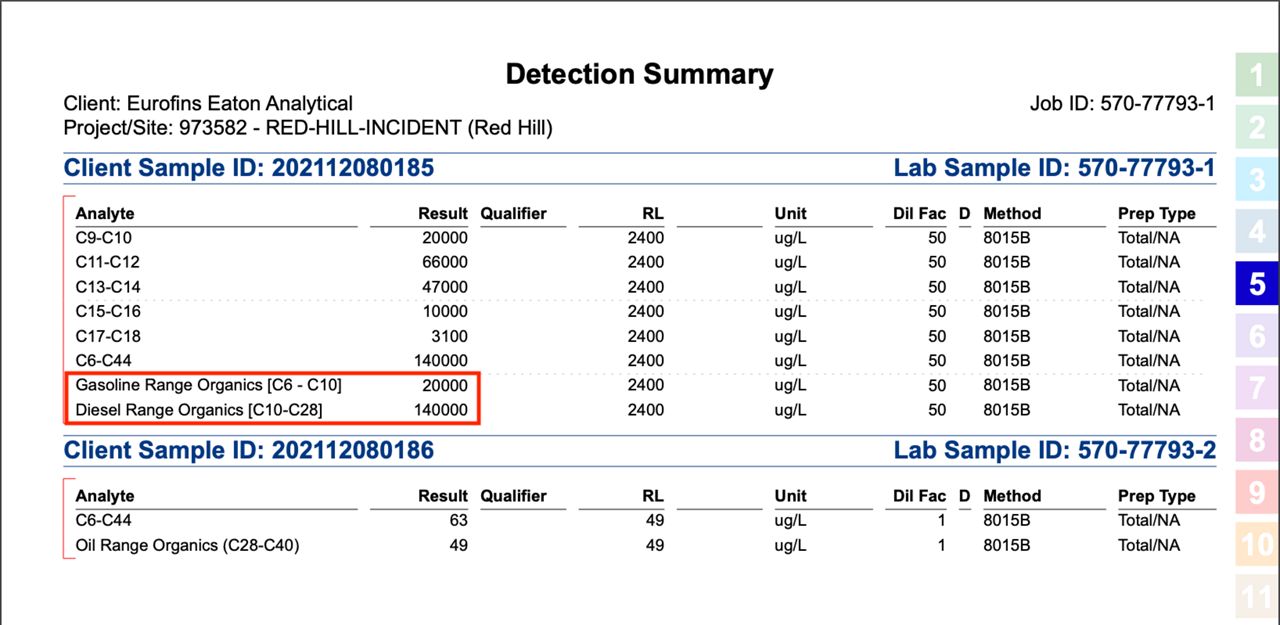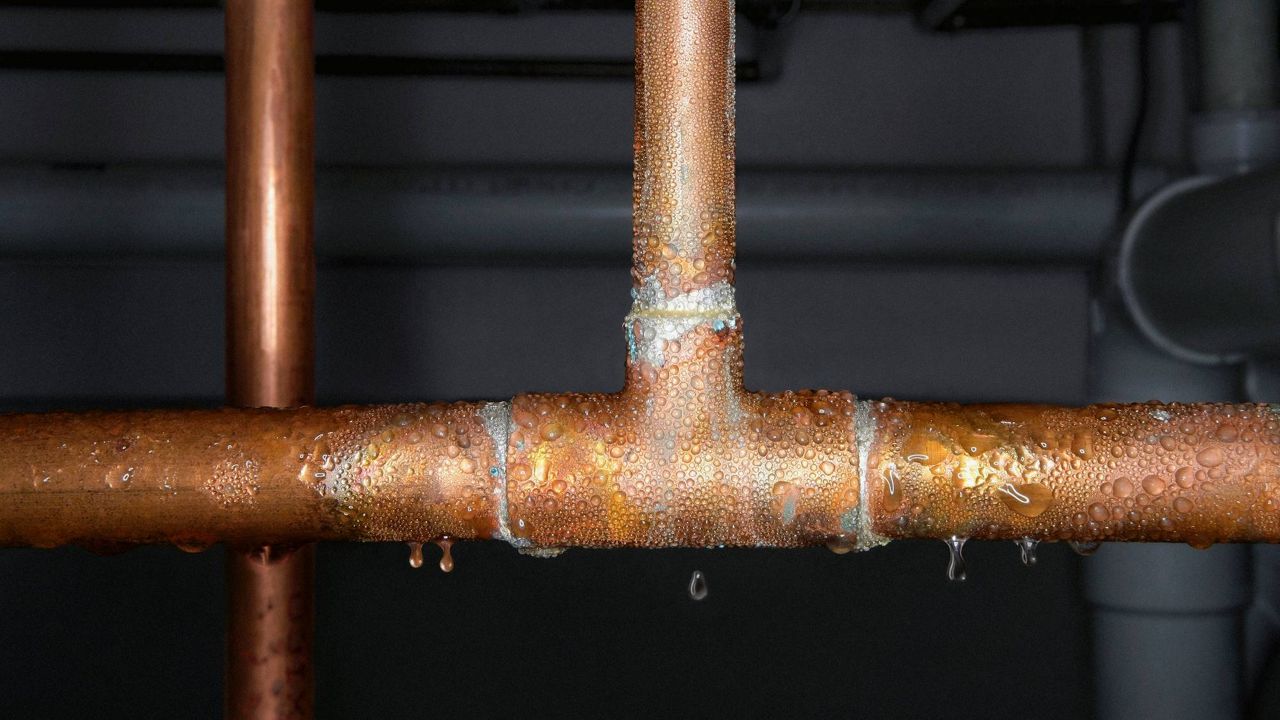The Hawaii Department of Health reported Friday that samples collected from the Navy’s Red Hill drinking water shaft on Sunday, Dec. 5, tested positive for high levels of gasoline and diesel range hydrocarbons.
The department received lab reports Thursday, which were analyzed by DOH staff.
The samples taken from Navy’s Red Hill Shaft contained total petroleum hydrocarbons diesel range organics (TPH-d) 350 times the DOH Environmental Action Level for drinking water. The same samples also tested positive for gasoline range organics 66 times the DOH EAL.
The samples were analyzed by Eurofins Laboratory in California. The lab found 140,000 parts per billion (ppb) of TPH-d. The DOH EAS for TPH-d is 400 ppb. Eurofins also found total petroleum hydrocarbons gasoline range organics (TPH-g) at 20,000 ppb. The acceptable limit for TPH-g is 300 ppb.
Samples that were taken from the Aliamanu Child Development Center and residences on the Navy’s water system were also found to contain trace levels for petroleum.
Those samples, taken on Friday, Dec. 3, tested positive for levels of oil range organics below the drinking water threshold. A level of 52 ppb of total petroleum hydrocarbons oil range organics (TPH-o) was detected in a sample from the Aliamanu Child Center. A level of around 50 ppb of product consistent with petroleum was detected in samples from the Eagle Circle at Red Hill and Milo Lane in Aliamanu Military Reservation.
The DOH press release noted that sampling only captures containment levels at the point in time that it was collected.
It also recommends that Navy water system users should avoid using the water for drinking, cooking or oral hygiene, including consumption for pets, particularly if a fuel-like odor is detected. This recommendation applies to users of the Navy’s Joint Base Pearl Harbor-Hickam water system, which includes Aliamanu Military Reservation, Red Hill and Nimitz Elementary Schools and military housing.






